I'm Saku, a guy who loves multi-effects pedals.
In this article, I would like to introduce the HX family of multi-effects pedals from Line 6.
It is easy to think of the HX family as a scaled-down version of the Helix Floor, a floor-based high-end multi-effects pedal.
Line 6 / Helix Floor Multi-Effects Pedal
The included effect models are almost the same as Helix, and the sound quality is the same.
The HX family is a smaller and lighter product (and of course, more affordable) with less I/O, less FS, no pedals, and so on.
A Sound House staff has written an article about the Helix series here, so you might want to read it first.
Let's take a look at them!
HX Stomp
A sense of security, just like my home: the HX Stomp.
I'm sure many of you have seen the HX Stomp before.
It is very compact in size, but not compact in power.
The Helix has a maximum simultaneous block count of 22 (the number that can be recklessly used), whereas the HX Stomp has 8.
What? It's not powerful enough? You may be thinking. But this limitation is understandable considering the intended use.
The HX Stomp is designed to be combined with other effect pedals.
Of course, it is also possible to have everything in one unit.
However, when used as the core of a system by utilizing the two FX LOOP systems provided with HX Stomp or in combination with a MIDI-controllable loop switcher, the seemingly small number of eight blocks seems sufficient.
The most common use of the HX Stomp is to set it behind a loop switcher and use it as a dedicated machine for spatial and props effects.
I have also seen cases where amateurs use an unsim/cavi simulator while connecting from the switcher's Output and using MIDI control for spatial systems and flying instruments.
HX STOMP XL
HX Stomp made it a little bit bigger! This is such a product.
The basic performance and I/O have not changed, but the number of footswitches has increased and the number of snapshots has increased from 3 to 4.
Yes, that is the only change. However, the more footswitches, the better. That's how many fewer missteps will be made. If the quality and DSP performance of the HX Stomp is enough for you, and you are aiming for a single unit + FX loop, then this might be a better choice.
All the terminals have also been moved to the rear, making it much easier to arrange them on the board.
With three snapshots, you can only have drive for lead, crunch for backing, and high gain for soloing, but with four, you can add spatial and other types to these, allowing for more flexibility.
Whether or not to use the XL is going to depend entirely on how you use it.
HX EFFECTS
If you are using an actual amp in your studio and need a separate amp simulator for recording, or if you can use an actual amp and don't need one, I recommend the HX Effects!
The main difference from the HX Stomp is that the amp simulator and cabinet simulator have been eliminated, and more footswitches have been added to control external amplifiers. Each footswitch has an elongated display above the footswitch that shows at a glance what the footswitch assignment is. This is a feature inherited from the Helix Floor and not present in the lower-priced Helix LT.
The maximum number of simultaneously used effects is 9, so you can make full use of the 4 snapshots for flexible sound creation.
Also, if you connect two other pedals to the FX loop and prepare an EXP pedal, you can use the internal effects and FX loop together like a switcher, which is highly recommended.
Not only pedals, you can also connect a Morningstar FX / ML5 or something like that and MIDI control it from HX Effects for more flexible routing!
HX One
You only need to use one simultaneous pedal, and you want to supplement effect pedals as needed depending on the situation!
If you use this pedal in conjunction with BOSS's ES series, which is a MIDI-compatible switcher with routing switching, it can be a very useful pedal. It is very helpful that multi-effects pedals are easy to control by MIDI....
The HX Stomp has a lot of simultaneous uses, but there are times when you end up using only one of them in your routing....
In such cases, if you keep the HX One on your board, you can be sure that it will be very useful as a versatile gear that can be used in a thousand different ways.
In other words, once you know how much you appreciate this , you will want to put two of them on your board....
Extra Recommended on-board modeling!
I have actually used the HX series, and I would like to introduce some modeling that I feel is good. This is completely my own preference, but if you have any doubts, please refer to…!
Distortion
- Teemah!
This is a modeling of my favorite transparent overdrive, Timmy. The picking tracking just like the real thing is just too good. I have never chosen anything else for chord backing. - Pillars OD
If you are going to use a tube screamer type, this is the one to use! It is based on Earthquaker Devices' Plumes Distortion. I used to use this or Minotaur when I was in doubt about which booster to put on the Teemah! It has a cleaner sound than the Scream 808! - Industrial Fuzz
It's a little bit popular these days. That's right, the Fuzz Factory. Unlike other fuzzes, it produces a sound similar to a clean sound when the guitar volume is turned down. Even the behavior of the fuzz is reproduced beautifully. It takes a bit of courage, but I recommend it because you can draw attention to your guitar when the moment is right.
Amp
- Divided Duo
I remember looking at the list of effects on board and saying to myself, “Really?” It is JRT9/15 by Divided by 13, and I am amazed that it is modeled by Divided by 13, which is also used by Daiki Tsuneta of King Gnu / millennium parade fame! The modeling is amazing! And yet, the reproducibility is perfect. I was so happy to be able to play a high-end amp that I kept selecting it for a while. - German Mahadeva
This is a modeling of my personal favorite amp, Bogner / Shiva. The distortion with the mids coming out is so nice. It can produce a sound that can be used with any booster in front of it, so I especially recommend it to those who are a little bored with Marshall. There are also professional musicians in Japan who use this product, which is a testament to its capabilities!
Other Category
- Smart Harmony (Pitch/Synth)
This is a modeling of the Eventide H3000, a major name in spatial effects. It is possible to apply the exhilarating pitch effects typical of Eventide, and the latency of the output sound is negligible. The latency of the output is also extremely small, a factor that makes the DSP processing power of the HX series astonishing.... - Transistor Tape (Delay)
The famous Maestro Echoplex EP-3! Never heard of it? Don't worry, you've probably heard of the EP Booster. The EP Booster is a pre-part of the Echoplex, and the sound through the Echoplex became famous for its fat and warm sound, and from there, the EP Booster was born. But that's beside the point. You can taste the legendary rack delay! The fat and warm sound is different from a simple delay, and it is superb. - ’63 Spring (Reverb)
The name alone is enough to convey what they are trying to say, but the sound confirms it. Although it has not been officially stated, this reverb is probably based on the Fender 63 Reverb, a tube reverb unit, and it is a luxurious reverb that gives depth and softness to the sound, while maintaining the bright and gorgeous sound typical of Fender. Even if you don't know what it is, it is worth choosing if you want a taste of spring reverb!
It's been almost 6 years since the HX Stomp was released, but the HX family is still growing. The sense of security that comes with the POD series is still very strong. It is still surprising that the HX family continues to sell well even in the midst of so many later-generation multitracks.
I gave it away for cash flow, but I might buy it back as easy gear....
The “sound & person” column is made up of contributions from you.
For details about contributing, click here.





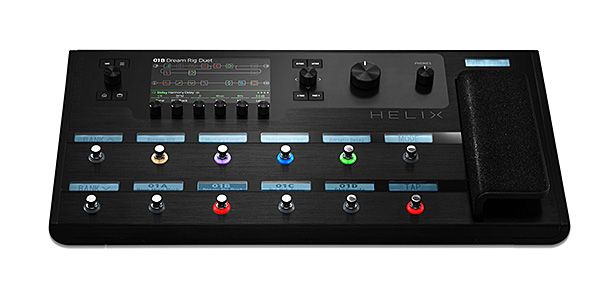
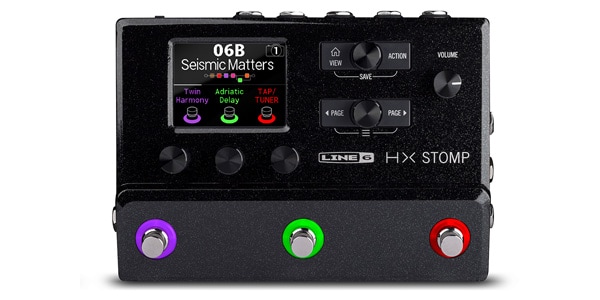
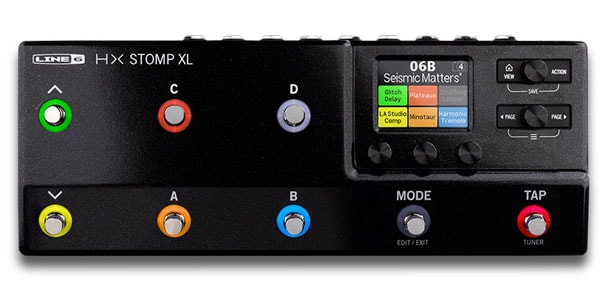
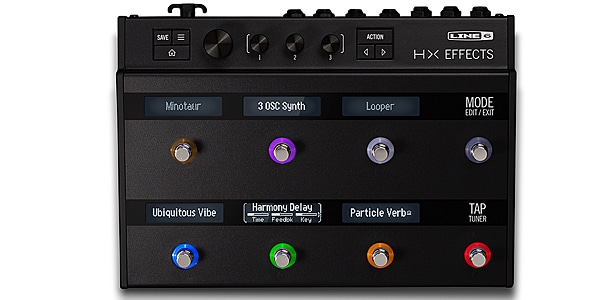
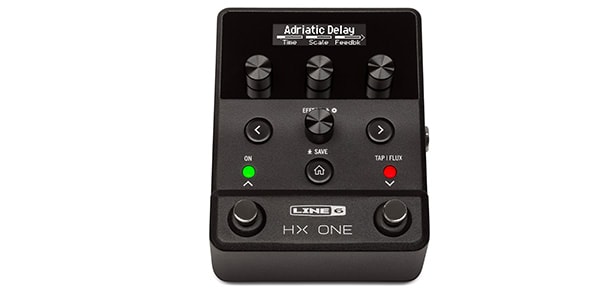










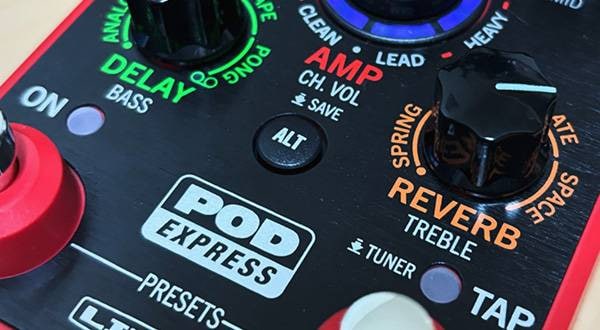
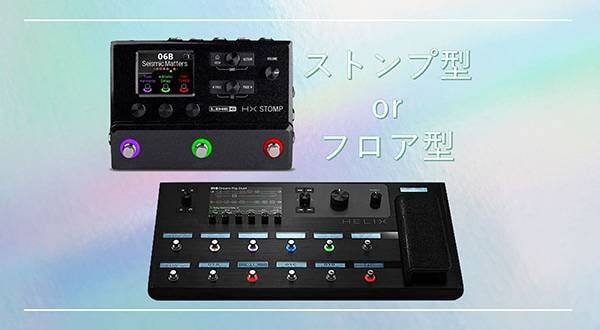
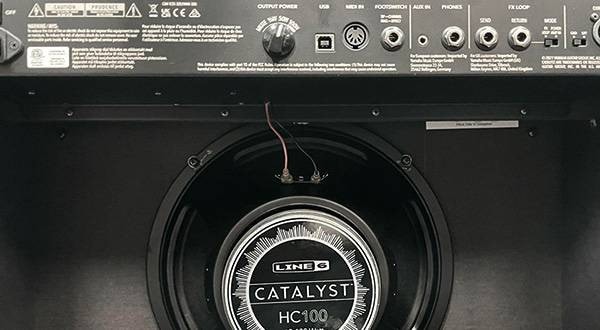
![[Latest for 2025] 5 Recommended Guitar Multi-Effects Pedals for Beginners](/contents/uploads/thumbs/2/2023/7/20230719_2_23355_1.jpg)
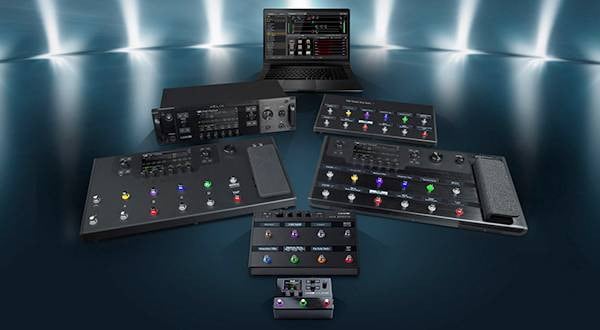
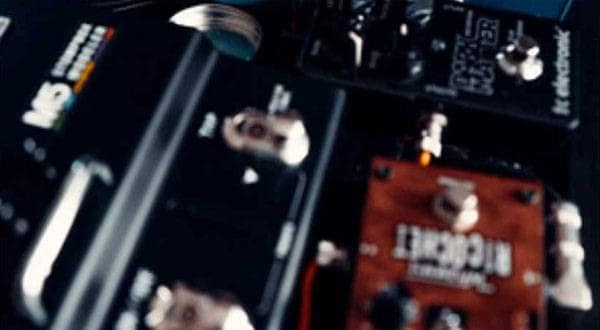
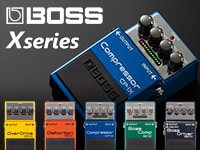 BOSS Xシリーズ
BOSS Xシリーズ
 【初心者向け】エフェクター講座
【初心者向け】エフェクター講座
 あなたのエフェクターボード見せてください
あなたのエフェクターボード見せてください
 エフェクターのつなぎ方
エフェクターのつなぎ方
 エフェクターの種類
エフェクターの種類















